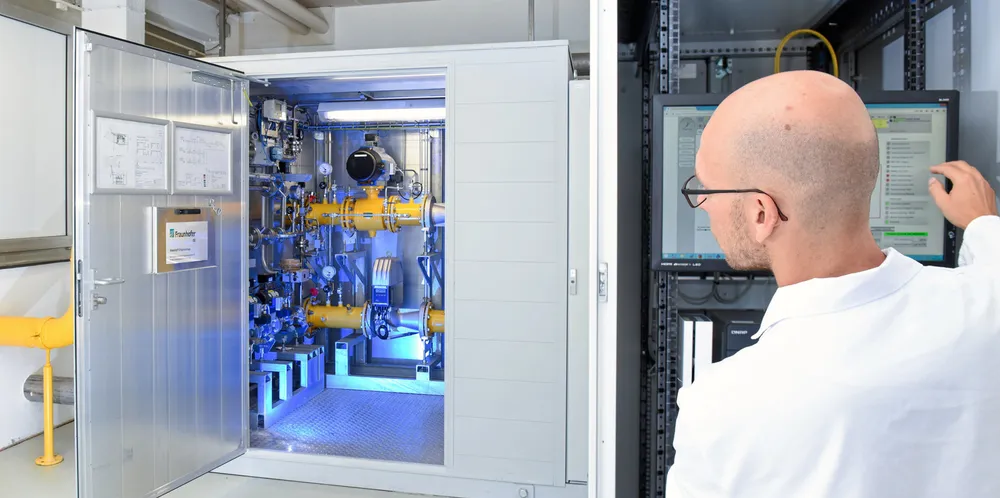REPowerEU | More than a million tonnes of green hydrogen will be used for gas blending in 2030, says Commission
European Commission claims adding up to 20% H2 to methane grids could vanquish 3% of Russian gas exports — but with a multi-billion-euro price tag for end users
